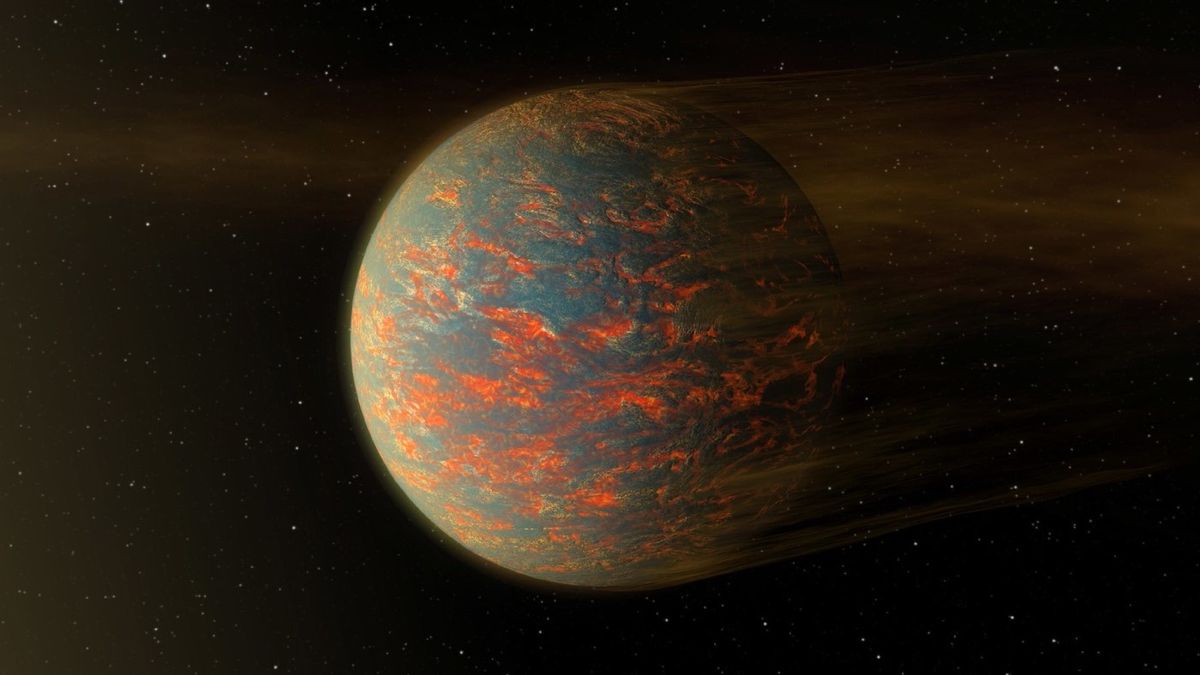
This includes sitting within the habitable zone of a star, to make sure the temperatures are just right, as well as having atmospheres that are relatively thick but not too thick.
Astronomers generally define a super-Earth as any planet between the size of Earth and 10 times more massive.Obviously, something closer to the size of Earth has a better chance of being habitable, because presumably, it's very similar to Earth.As planets go up in mass, a rocky core gets better and better at hanging onto a thick, gassy atmosphere, because of its enhanced gravity.Eventually, there will be so much atmosphere that the planet would be better characterized as a gas giant than a rocky world.
If a planet is too close to its parent star, regardless of its size, it's just going to get roasted.
It has eight times the mass of Earth, but it's so close to its parent star that it's just a ball of molten rock.
But it's so far away from its parent star that it's almost entirely gas, making it more like a mini-Neptune than anything else.
Ultimately, a habitable super-Earth needs to have the right density, indicating that it's not too rocky or too gassy.This exoplanet is about 5.5 times the mass of Earth and lies within the habitable zone of its star.
At that orbit and that mass, the planet could be a typical rocky world, or made of solid iron.
Scientists think planets larger than Earth are likely to host strong magnetic fields, but it's impossible to know for sure.
Perhaps the best candidate for a habitable super-Earth is LHS 1140b, which orbits a red dwarf star about 49 light-years from Earth.It orbits extremely close to its parent star — its orbital period is just 25 days — but since the star is a cool red dwarf, this is comfortably within the habitable zone.